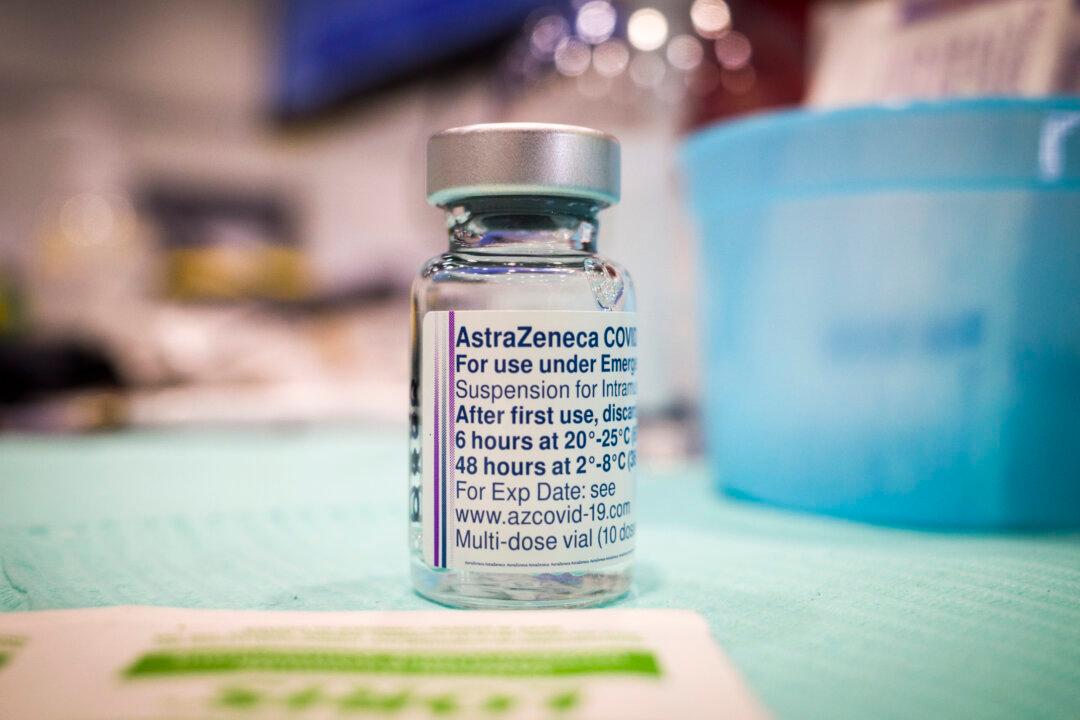After people started receiving vaccinations for Covid-19, many side effects have gradually emerged, such as blood clots, myocarditis, and in more serious cases, deaths. In cases of death after vaccination, people usually hear experts say that the causes of death “have not been confirmed to be vaccine-related.”
However, the first “confirmed vaccine-related death” recently appeared in Taiwan, resulting in the highest-ever compensation of NT$6 million (approximately $210,000).






